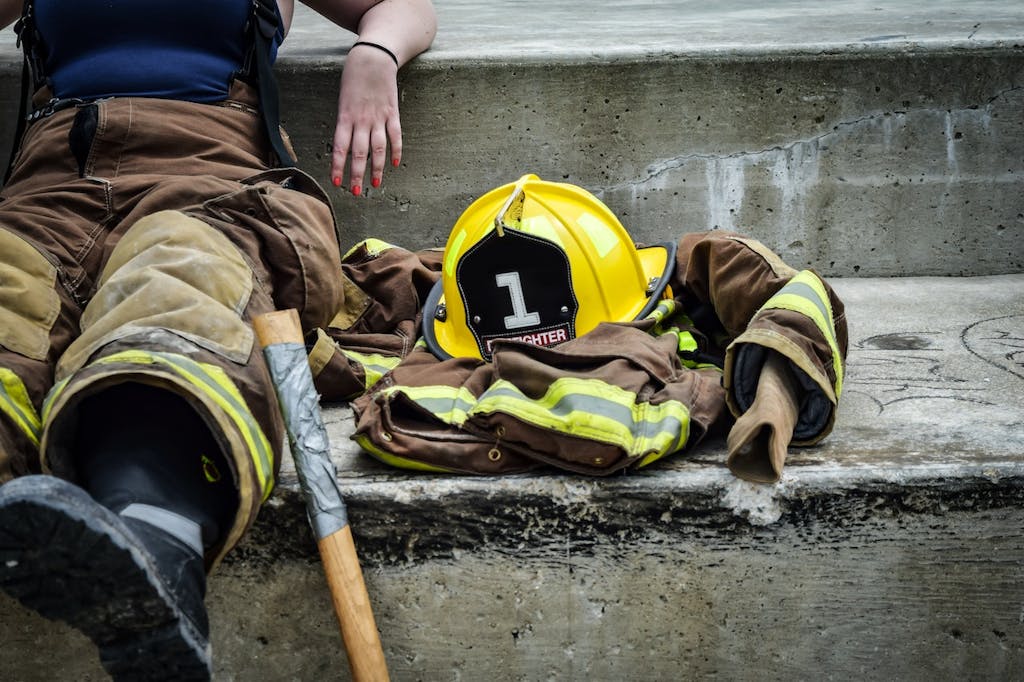Whether in construction, manufacturing, or any other industry, companies are always looking to provide a safe and productive environment for their workers.
Putting effort into safe working conditions prevents potentially dangerous incidents from occurring. This way, you’re not only protecting your employees but also protecting your business from reputational damage and costly fines.
When over 5,000 work-related fatalities and many more injuries occur a year in the United States alone, it’s no wonder why businesses seek out health and safety tips to improve their workspaces.
General Health and Safety Tips
Health and safety is one of the last considerations to take shortcuts with. Any missed inspection or skipped step in the operating procedure can have immensely detrimental effects on your business. Following the regulations like the ones below, even if they take time and effort, is worthwhile in the end.
- Wearing Personal Protective Equipment (PPE). Whether it’s safety goggles, helmets, face shields, or other protective equipment, PPE is integral to many high-risk industries, from construction to mining. In the same vein, employees need appropriate grooming while on the job. Tying back loose hair, clothing, or accessories is heavily recommended, as it’s easy to get caught on machinery or other moving parts.
- Cleaning up the workspace. A tidy workspace is a safer one. Put away equipment after use, as you don’t want anybody tripping over extension cords or getting hit by falling ladders. Even office workers could benefit from removing loose paper and other potentially flammable materials from desks.
- Always being mindful of one’s surroundings. Distractions while on the job can lead to injury. Ensure that workers stay attentive, especially when operating heavy machinery.
- Think about improving ergonomics. Not all workplace injuries happen in a single incident. Repeated strain from poor posture due to unoptimized working conditions can have a similar effect. Ergonomics is adjusting your workspace to meet your needs, such as a properly height-adjusted computer monitor and keyboard to minimize neck and back strain. Of course, don’t forget to take regular breaks, as fatigue can make you less aware of safety hazards. OSHA actually mandates worker breaks for this reason.

These general workplace safety tips apply across the board, but many industry-specific rules and risks also apply. Healthcare, for instance, has a different set of risks than the restaurant industry.
Workplace Fire Safety Tips
No list of workplace safety tips is complete without a section on fire safety. Workplace fires are among the highest-profile risks on the job site, and businesses strive to address fire code compliance.
Because fire safety risks differ from company to company, create a checklist for regular use in workplace inspections. Cover high-risk spots like kitchen areas or attics and note certain cooking appliances, electrical wiring, and heating units.
Most organizations hire dedicated specialists, known as fire wardens, to handle fire safety-related tasks. These individuals assist in implementing emergency procedures like fire drills and help clear out and mark emergency exits in the event of a fire. They also help spread awareness of fire-related risks to employees across the company while implementing corrective actions whenever necessary.
Safety Audits and Inspections
The Occupational Safety and Health Administration already conducts occasional safety inspections whenever an incident has occurred or employees have filed complaints. However, you can do your part by conducting your own regular safety audits.
Start by producing a checklist based on recorded observations and previous incident reports. Use any QA checklists or safety inspection forms to give you an idea of what an OSHA inspector might be looking for during a visit. You can also solicit employee feedback to address concerns on the job site.
These lists are excellent for following specific industry safety standards and guidelines. When it comes to anything from fire hazards to electrical safety, a checklist helps cover all your bases. In addition, audit checklists apply to not only yourself but also your business partners, whose safety record can also impact your reputation.

Finally, search for ways to make the checklist inspection easier than the traditional “clipboard and pen” approach. For example, mobile inspection software, which has become popular with businesses in recent years, puts a digital checklist right on your mobile phone that you can access while walking around the factory floor.
Because the checklist is digital and integrated with the business’s overall technical stack, it’s the most convenient way to report concerns in real-time and immediately suggest corrective actions. Inspectors can also make notes and take pictures to add to the report right from their phones.
Prioritize Health and Safety with monitorQA
Dedication to workplace health and safety protects you from costly incidents and your employees from on-site hazards. No matter what industry you operate in, it’s always essential to have the proper protective equipment while working, be mindful of your surroundings, and address fire safety hazards across the business.
How do companies ensure workplace safety? The most comprehensive strategy is making safety a collaborative effort. This is one of the easiest ways to get people on board with health and safety initiatives.
Are you looking to make operational excellence a priority in your organization? Discover how monitorQA can help you reach that goal through intuitive mobile auditing software.



